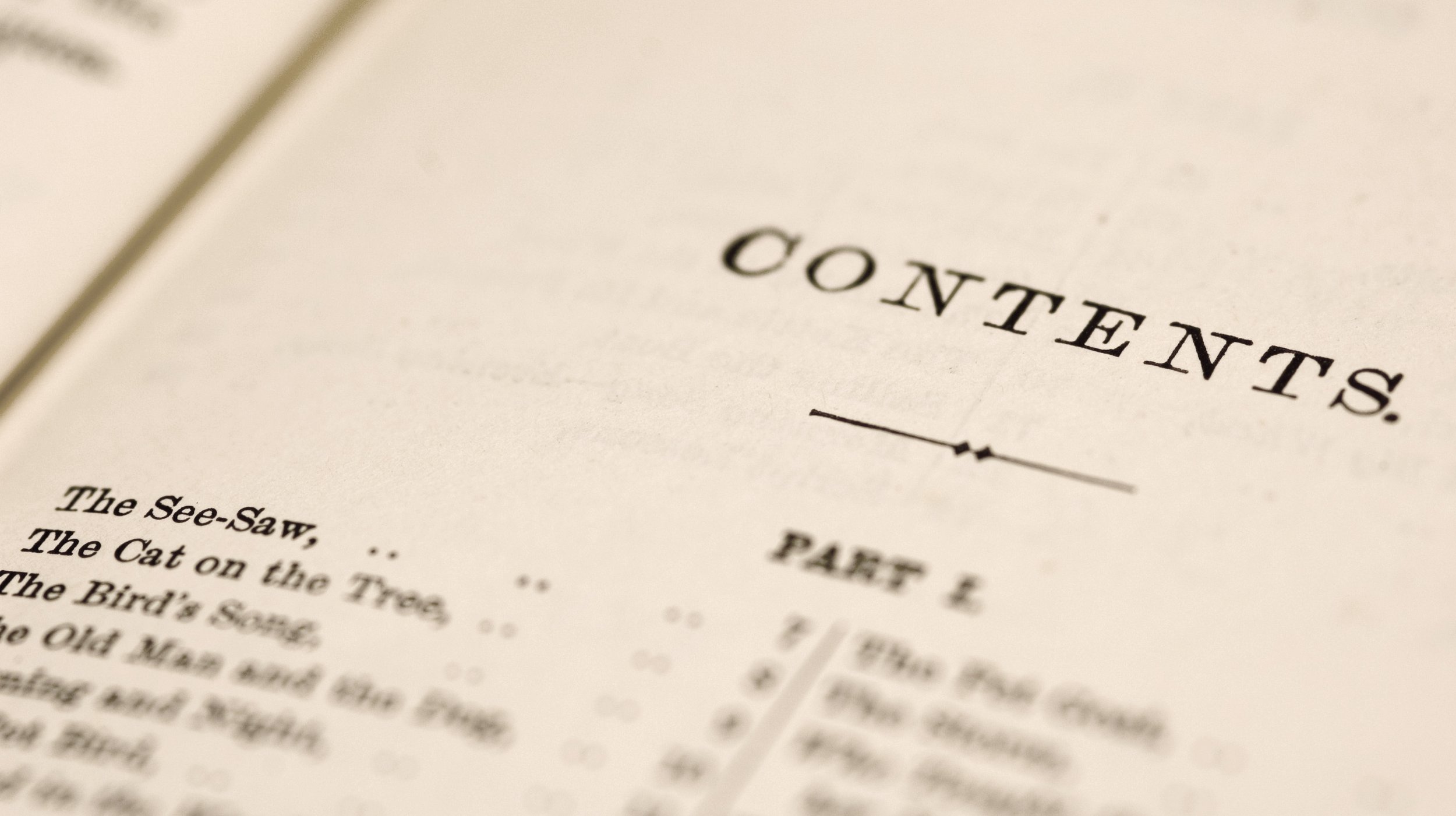
Insights:
Common Sections of a Book
Writing a book is an exciting and rewarding experience, but it can also be daunting. There are many different components to a book, and it's important to understand what each of these sections are and what role they play in the overall structure of the book. In this article, we'll go over the various sections of a book and what they entail.
The first section of a book is known as the front matter. This area typically includes a title page, copyright page, dedication, preface and table of contents. The title page includes the title of the book, the author's name, and any other relevant information such as the publisher and year of publication. The copyright page typically includes the copyright notice, the ISBN, and any other legal notices. The dedication is a brief statement from the author dedicating the book to someone special. The table of contents lists the different chapters and sections of the book and their page numbers.
1. Title page: This is the first page of the book and typically contains the title of the book, the author's name, year of publication and any other relevant information such as the publisher’s name and logo.
2. Copyright page: This page typically appears immediately after the title page and contains important legal information about the book, such as the copyright holder, the ISBN, the LCCN, the edition number, the publication date and any other legal notices.
3. Dedication page: This is a brief statement from the author dedicating the book to someone special.
4. Preface: This is an introductory section written by the author that provides background information on the book and explains the author's motivations and goals for writing it.
5. Table of contents: This is a detailed list of the book's chapters and sections, along with corresponding page numbers. This helps readers quickly find the information they are looking for.
6. Introduction: This is the first chapter of the book and provides a broad overview of the topic and a preview of what is to come in the rest of the book.
The next section of a book is the body, which is where the main content of the book is found.
7. Body: The body is typically divided into chapters, each of which covers a specific topic or idea. Within each chapter, there may be several sections or sub-sections that further break down the ideas being discussed. These pages are typically numbered, with the page on the right-hand side being the odd-numbered page and the page on the left-hand side being the even-numbered page.
8. Conclusion: This is the final chapter of the book and summarizes the main points and arguments made throughout the book. It may also include suggestions for further reading or research on the topic.
Following the body of the book is the back matter. This section typically includes an appendix, glossary, bibliography, and index. These pages typically (but not always) continue to be numbered sequentially starting from the end of the body pages.
9. Appendix: This is a collection of supplementary material that provides additional information on the topics covered in the book.
10. Glossary: This is a list of terms used in the book and their definitions.
11. Bibliography: This is a list of the sources that the author used to research and write the book. It typically includes books, articles, websites, and other materials that the author consulted in order to provide accurate and reliable information.
12. Index: This is an alphabetical list of key terms and concepts that appear in the book, along with the page numbers where they can be found. This helps readers quickly locate information on specific topics.
